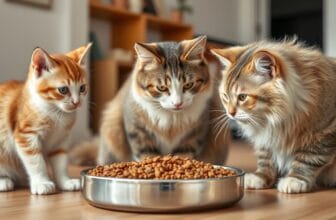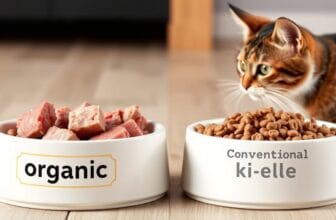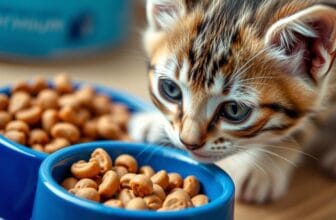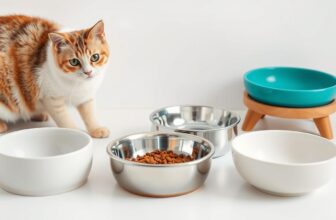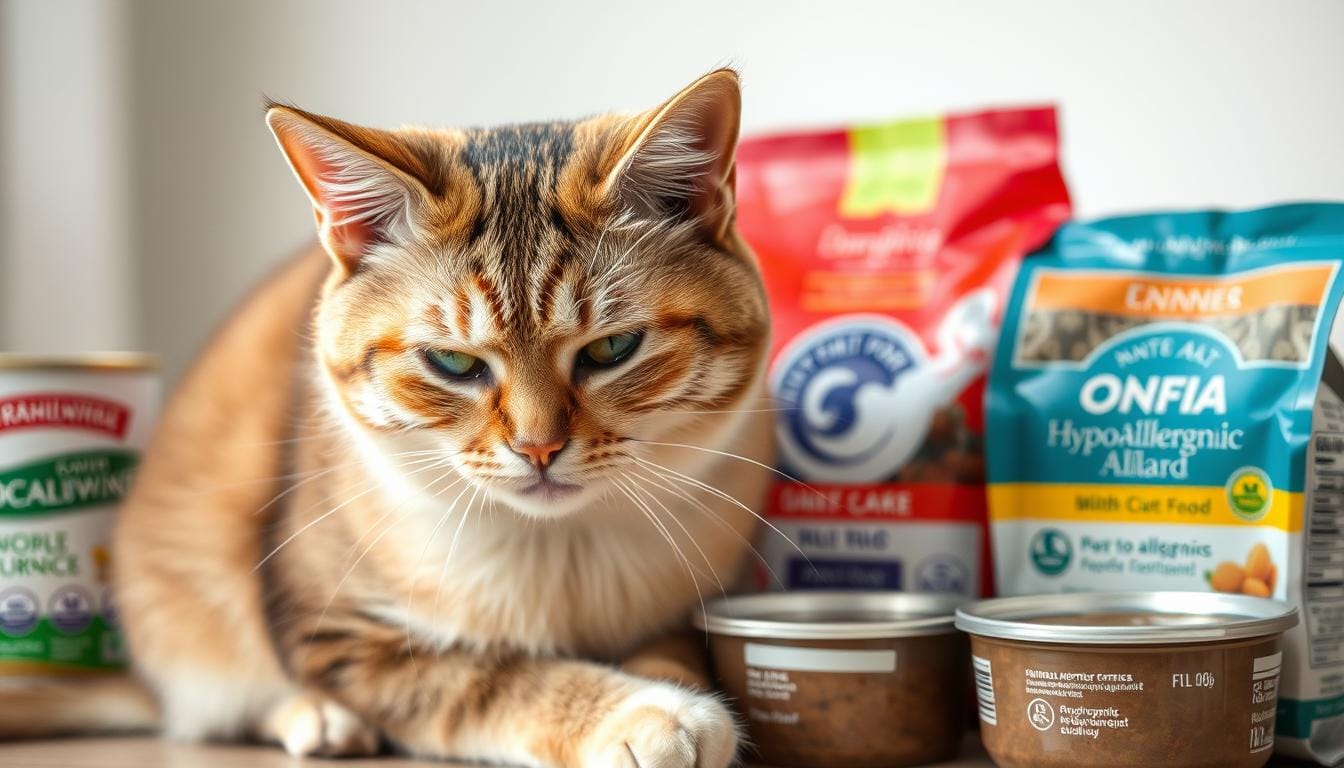
In this comprehensive guide, we’ll explore the most effective hypoallergenic cat food options available today, comparing ingredients, prices, and benefits to help you make the best choice for your sensitive cat.
Food allergies can cause uncomfortable symptoms in cats, but hypoallergenic cat food options can help
Understanding Cat Food Allergies and Hypoallergenic Options
Food allergies affect approximately 10-15% of cats and occur when a cat’s immune system overreacts to certain proteins in their food. Unlike food intolerances, which primarily cause digestive upset, allergies can trigger both skin and gastrointestinal symptoms.
Common Allergens in Cat Food
The most frequent culprits behind cat food allergies include:
- Beef (20% of cases)
- Dairy products (18% of cases)
- Fish (15% of cases)
- Chicken (6% of cases)
- Wheat, corn, and other grains
- Eggs
- Artificial additives and preservatives
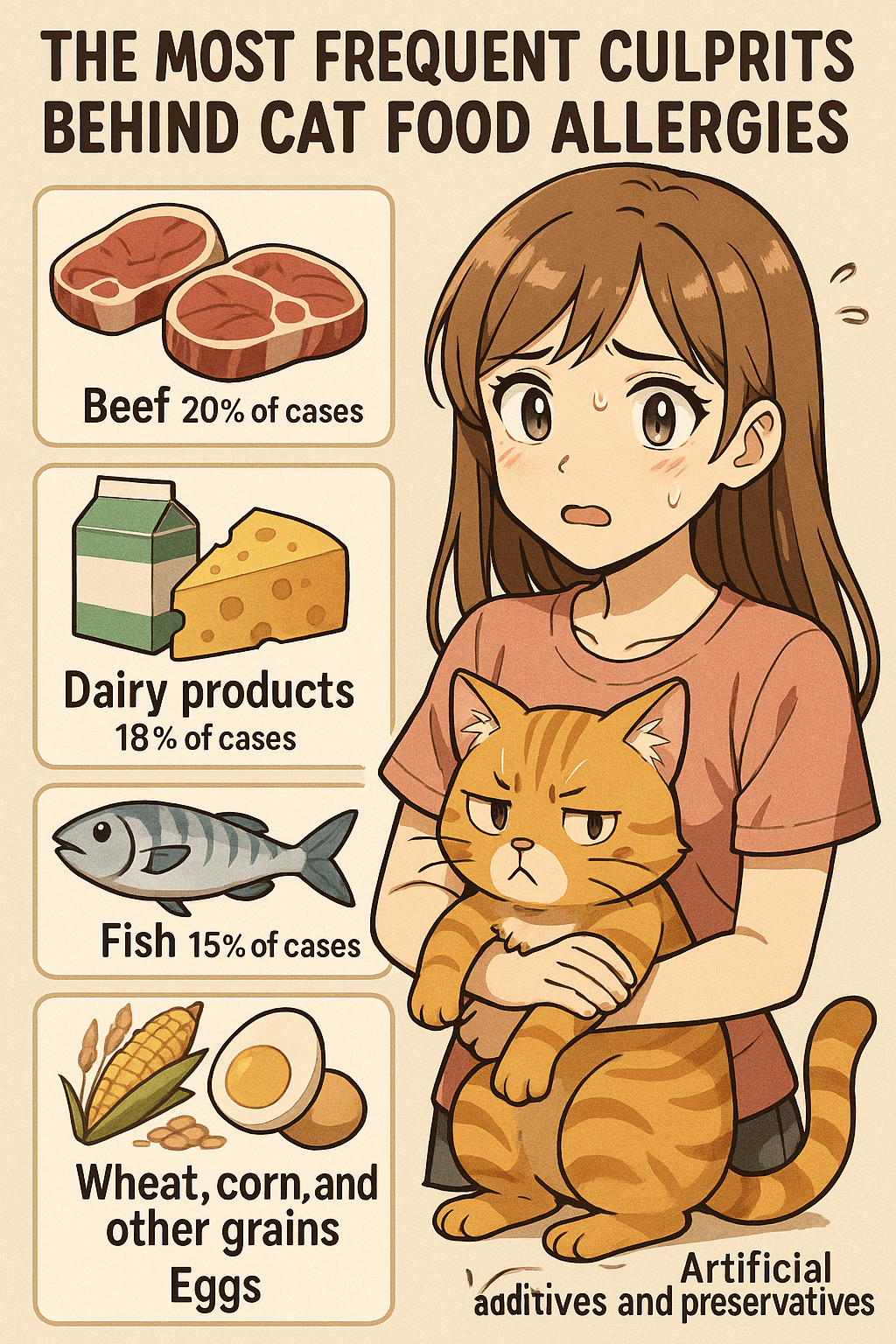
What Makes a Cat Food “Hypoallergenic”?
Hypoallergenic cat food is specially formulated to minimize allergic reactions through one of two main approaches:
Novel Protein Diets
These formulas contain protein sources that your cat has likely never encountered before, such as duck, venison, rabbit, or kangaroo. Since your cat hasn’t been exposed to these proteins, their immune system is less likely to react negatively.
Hydrolyzed Protein Diets
In these formulas, proteins are broken down (hydrolyzed) into such small pieces that the immune system doesn’t recognize them as allergens. These are often considered the most effective option for cats with severe allergies.
Hydrolyzed proteins are broken down into smaller fragments that don’t trigger allergic reactions
Top 8 Hypoallergenic Cat Food Options
After consulting with veterinarians and analyzing hundreds of customer reviews, we’ve compiled a list of the best hypoallergenic cat food options currently available. Each has been evaluated based on ingredient quality, effectiveness for allergic cats, price point, and overall value.
1. Hill’s Prescription Diet z/d Skin/Food Sensitivities
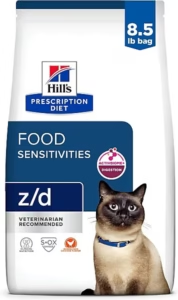
Key Ingredients: Hydrolyzed chicken liver, corn starch, powdered cellulose
Price Range: $$$$
Pros
- Highly effective for severe allergies
- Hydrolyzed protein minimizes allergic reactions
- Veterinarian-recommended and trusted
- Available in both wet and dry formulas
Cons
- Requires veterinary prescription
- Expensive compared to non-prescription options
- Some cats dislike the taste
- Contains corn starch as a carbohydrate source
This prescription diet is specifically designed for cats with severe food allergies. The hydrolyzed protein is broken down into tiny fragments that are too small to trigger an allergic response, making it an excellent choice for cats with multiple food sensitivities.
2. Royal Canin Veterinary Diet Hydrolyzed Protein HP
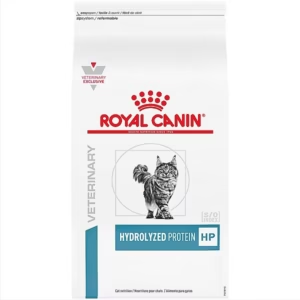
Key Ingredients: Hydrolyzed soy protein, rice, natural flavors
Price Range: $$$$
Pros
- Highly digestible hydrolyzed soy protein
- Contains omega-3 fatty acids for skin health
- Helps manage both food and environmental allergies
- Balanced nutrition for adult maintenance
Cons
- Requires veterinary prescription
- Premium price point
- Contains rice which may not be suitable for all cats
- Some cats may not enjoy the taste
Royal Canin’s hydrolyzed protein formula is specifically designed to minimize allergic reactions while supporting skin and digestive health. The formula includes essential nutrients and omega-3 fatty acids to help reduce inflammation and improve coat condition.
3. Blue Buffalo Basics Limited Ingredient Diet
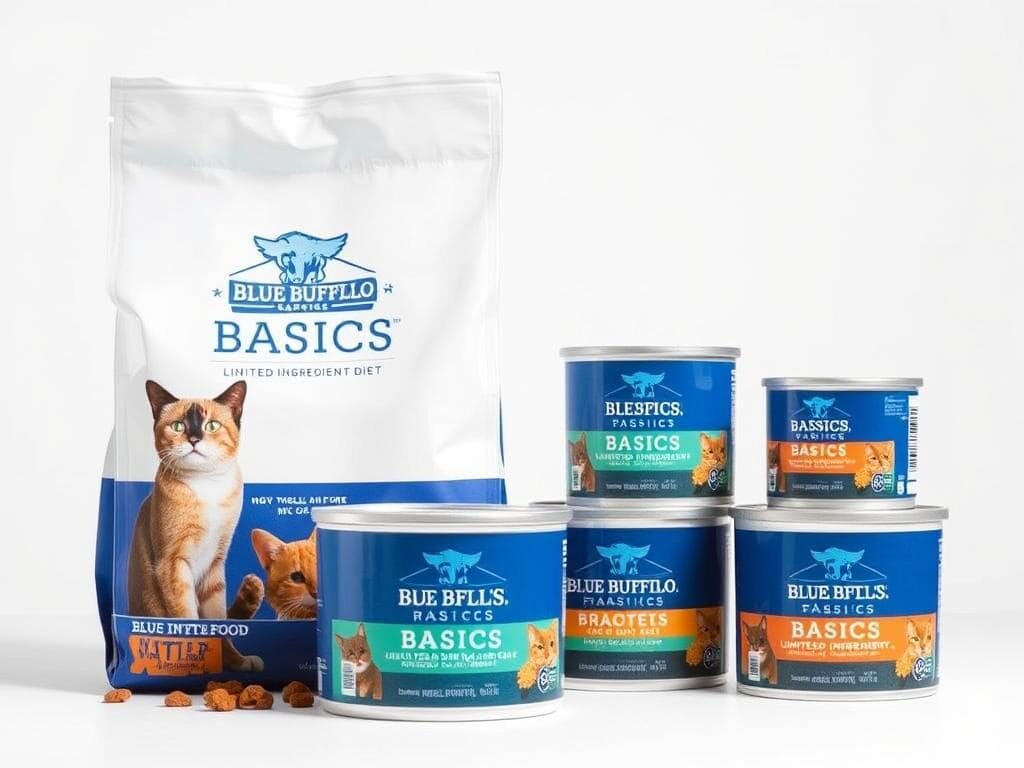
Key Ingredients: Deboned duck, duck meal, pea protein, peas, tapioca starch
Price Range: $$$
Pros
- No prescription required
- Novel protein source (duck)
- Grain-free formula
- Contains pumpkin for digestive health
- No chicken, beef, dairy, eggs, or soy
Cons
- Contains pea protein which some cats may be sensitive to
- Not as effective as hydrolyzed options for severe allergies
- Higher carbohydrate content than ideal
- More expensive than standard cat food
This limited ingredient diet features duck as a novel protein source and is free from many common allergens. It’s a good option for cats with mild to moderate food sensitivities and is available without a prescription.
4. Natural Balance L.I.D. Limited Ingredient Diets
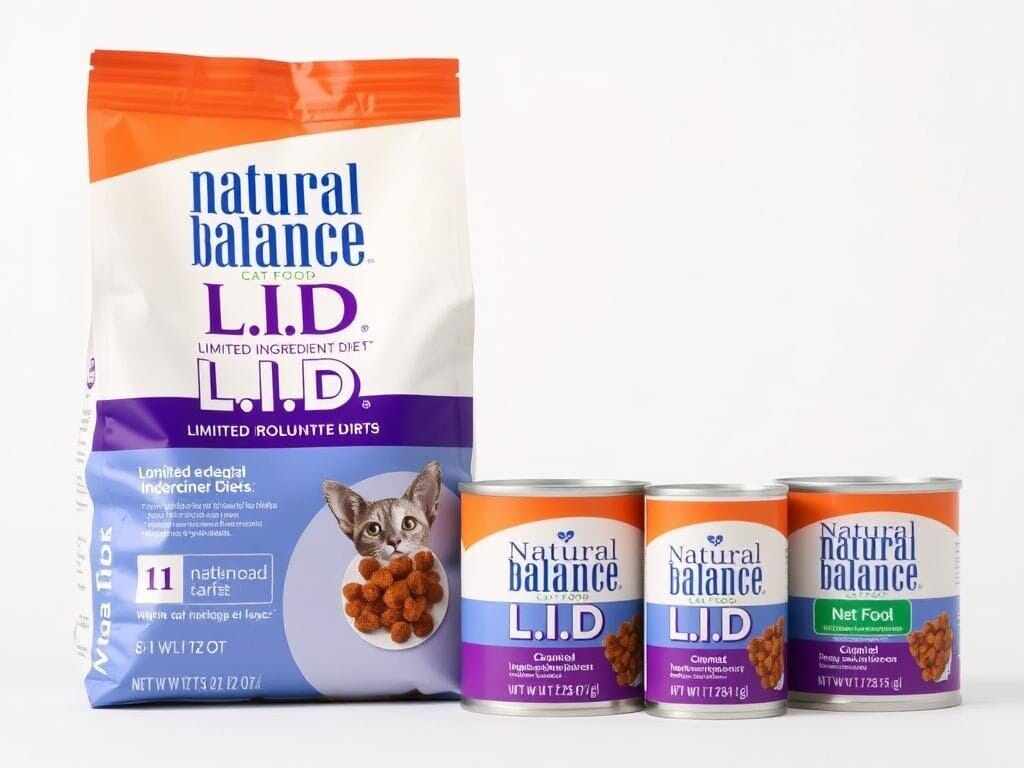
Key Ingredients: Green pea, duck, duck meal, pea protein, canola oil
Price Range: $$$
Pros
- Single animal protein source
- Limited number of ingredients
- No artificial flavors, colors, or preservatives
- Available in multiple protein options (duck, venison, salmon)
- No prescription needed
Cons
- High in plant-based ingredients
- Some formulas contain pea protein as a main ingredient
- May not be suitable for cats with severe allergies
- Higher carbohydrate content than ideal for cats
Natural Balance offers several limited ingredient formulas with novel protein sources like duck, venison, or salmon. These options are good for cats with known allergies to common proteins like chicken or beef.
5. Purina Pro Plan Veterinary Diets HA Hydrolyzed
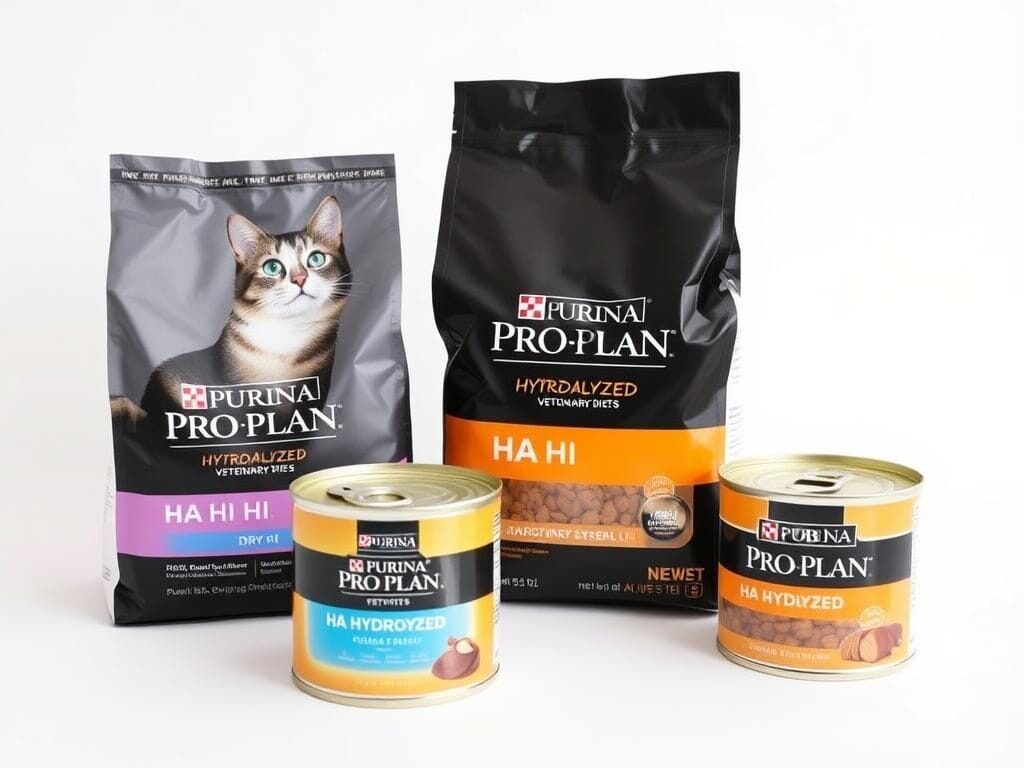
Key Ingredients: Hydrolyzed soy protein isolate, corn starch, partially hydrogenated canola oil
Price Range: $$$$
Pros
- Highly hydrolyzed protein for minimal allergen exposure
- Single protein source
- Enriched with antioxidants
- Formulated for both skin and digestive health
- Available in both dry and wet formulas
Cons
- Requires veterinary prescription
- Expensive
- Contains corn starch and canola oil
- Some cats dislike the taste
This prescription diet features hydrolyzed soy protein that’s been broken down into tiny fragments to minimize allergic reactions. It’s designed for cats with severe food allergies and sensitivities.
6. Koha Limited Ingredient Diet Rabbit Au Jus
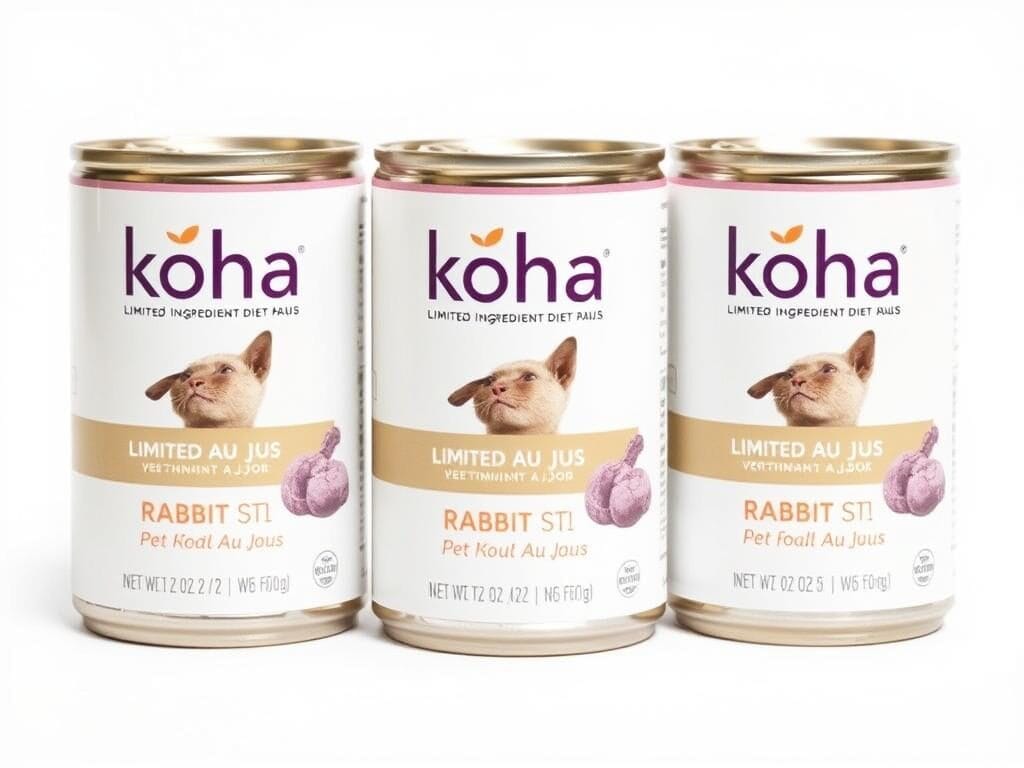
Key Ingredients: Rabbit, water, ground flaxseed, New Zealand green mussel
Price Range: $$$
Pros
- 96% rabbit (excluding water) – novel protein
- Very low carbohydrate content
- No fillers or artificial additives
- High moisture content (82%)
- Contains green mussel for omega-3 fatty acids
Cons
- Premium price point
- Only available in wet food format
- Not suitable for kittens
- Limited availability in some regions
This high-quality wet food features rabbit as a novel protein source and contains minimal ingredients, making it an excellent choice for cats with food sensitivities. The high moisture content also supports urinary health.
7. RAWZ 96% Duck & Duck Liver Paté
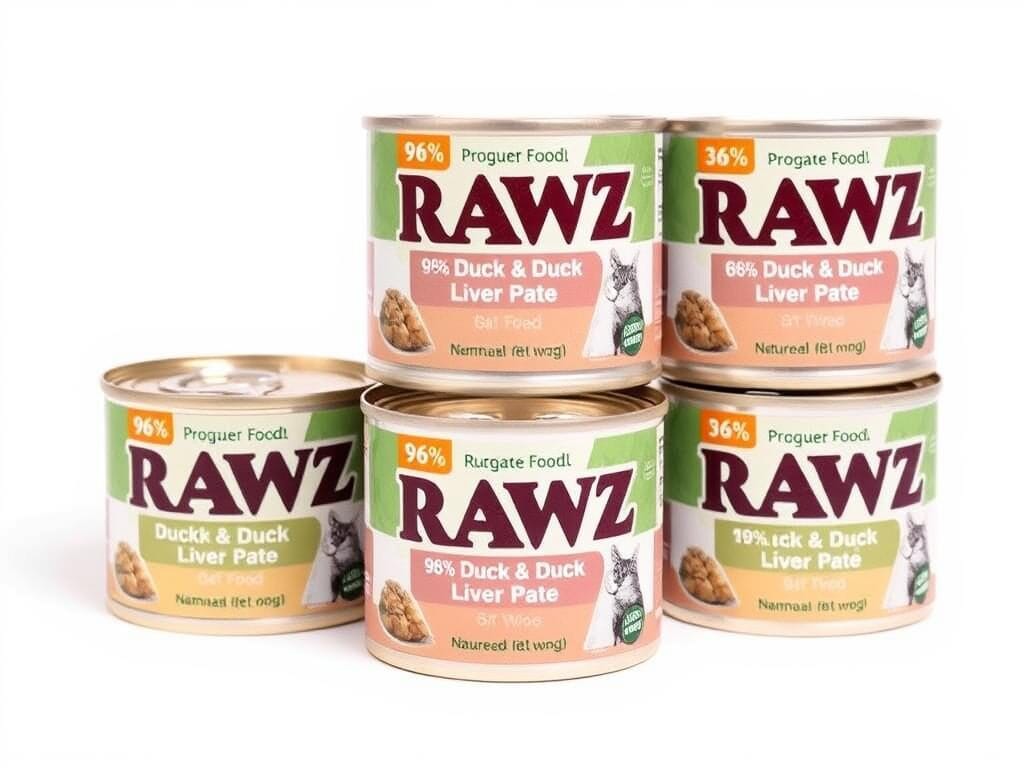
Key Ingredients: Duck, vegetable broth, duck liver, salmon oil
Price Range: $$$
Pros
- 96% duck (excluding water) – novel protein
- First three ingredients are duck-based
- Low carbohydrate content
- Contains salmon oil for omega-3 fatty acids
- High moisture content (78%)
Cons
- Limited availability in some areas
- Premium price point
- Only available in wet food format
- Some cats may not prefer the taste of duck
RAWZ offers a high-quality, limited ingredient wet food with duck as a novel protein source. With 96% duck content and minimal additives, it’s an excellent option for cats with food sensitivities.
8. Instinct Limited Ingredient Diet Grain-Free

Key Ingredients: Rabbit meal, peas, tapioca, rabbit, canola oil
Price Range: $$$
Pros
- Single animal protein source (rabbit)
- Grain-free formula
- No dairy, eggs, chicken, beef, fish, or artificial ingredients
- Available in both wet and dry formulas
- No prescription required
Cons
- Contains peas as a main ingredient
- Higher carbohydrate content than ideal
- More expensive than standard cat food
- Not as effective as hydrolyzed options for severe allergies
Instinct’s limited ingredient diet features rabbit as a novel protein source and contains a minimal number of ingredients to reduce the risk of allergic reactions. It’s available in both wet and dry formulas.
Wet vs. Dry Hypoallergenic Cat Food: Which Is Better?
Both wet and dry hypoallergenic cat foods have their advantages. The best choice depends on your cat’s specific needs and preferences.
Wet Hypoallergenic Food Benefits:
- Higher moisture content (typically 75-85%) helps with hydration
- Often contains fewer carbohydrates
- May be more palatable for picky eaters
- Easier to digest for cats with sensitive stomachs
- Better for cats with urinary tract issues
Dry Hypoallergenic Food Benefits:
- More convenient to store and serve
- Generally more cost-effective
- Longer shelf life once opened
- May help with dental health
- Can be left out longer without spoiling
Veterinarian Tip: For cats with food allergies, a combination of wet and dry hypoallergenic food often works best. The wet food provides necessary moisture while the dry food offers convenience and dental benefits. Always transition to new foods gradually over 7-10 days to avoid digestive upset.
How to Choose the Right Hypoallergenic Cat Food
Finding the perfect hypoallergenic food for your cat requires careful consideration. Here are some essential tips to guide your decision:
Consult Your Veterinarian

Before switching to any hypoallergenic diet, consult with your veterinarian. They can help identify your cat’s specific allergies through elimination diets or testing, and recommend the most appropriate food options.
Check for AAFCO Certification
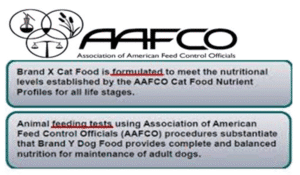
Look for foods that meet the nutritional standards set by the Association of American Feed Control Officials (AAFCO). This ensures the food provides complete and balanced nutrition for your cat’s life stage.
Read Ingredient Lists Carefully

Avoid foods with vague ingredients like “meat by-products” or “animal derivatives.” Instead, look for specific, named protein sources and limited ingredients overall. Be wary of hidden allergens in flavors or preservatives.
Not Sure Which Food Is Right for Your Cat?
If you’re uncertain about which hypoallergenic option would work best for your cat’s specific allergies, consult with a veterinary nutritionist. They can provide personalized recommendations based on your cat’s health history and specific sensitivities.
How to Transition Your Cat to Hypoallergenic Food
Switching your cat to a new diet should be done gradually to prevent digestive upset. Follow this 10-day transition schedule for best results:
Important: During the food transition period, avoid giving your cat any treats or table scraps that might contain allergens. This ensures an accurate assessment of how your cat responds to the new hypoallergenic diet.
Frequently Asked Questions About Hypoallergenic Cat Food
What is the best hypoallergenic cat food for severe allergies?
For cats with severe allergies, veterinary prescription diets with hydrolyzed proteins are typically most effective. Hill’s Prescription Diet z/d and Royal Canin Veterinary Diet Hydrolyzed Protein HP are top recommendations because the proteins are broken down to a size that rarely triggers allergic reactions. Always consult your veterinarian for personalized advice based on your cat’s specific condition.
How long does it take to see results after switching to hypoallergenic cat food?
Most cats show improvement in digestive symptoms within 2-4 weeks of switching to a hypoallergenic diet. However, skin-related allergy symptoms may take 8-12 weeks to show significant improvement as the skin needs time to heal and regenerate. It’s important to maintain the diet strictly during this period and avoid giving any treats or supplements that might contain allergens.
Are hypoallergenic cat foods grain-free?
Not all hypoallergenic cat foods are grain-free. While some limited ingredient diets exclude grains, many hydrolyzed protein formulas contain rice or corn starch as carbohydrate sources. True food allergies to grains are actually less common in cats than allergies to animal proteins. If your cat specifically has a grain allergy, look for products labeled both “hypoallergenic” and “grain-free,” such as Instinct Limited Ingredient Diet or Natural Balance L.I.D.
Can I make homemade hypoallergenic cat food?
While it’s possible to make homemade hypoallergenic cat food, it’s challenging to ensure it contains all the necessary nutrients in the right proportions. If you choose this route, work with a veterinary nutritionist to develop a balanced recipe using novel proteins your cat hasn’t been exposed to. Commercial hypoallergenic options are typically more reliable for long-term feeding.
Are hypoallergenic cat foods more expensive than regular cat foods?
Yes, hypoallergenic cat foods typically cost more than regular cat foods due to specialized ingredients and processing methods. Prescription hydrolyzed protein diets are usually the most expensive, while over-the-counter limited ingredient diets fall in the mid-to-high price range. However, managing your cat’s allergies effectively can reduce veterinary costs associated with treating allergy symptoms in the long run.
Finding the Right Hypoallergenic Cat Food for Your Feline Friend
Choosing the right hypoallergenic cat food can significantly improve your allergic cat’s quality of life by reducing uncomfortable symptoms and supporting overall health. Whether you opt for a prescription hydrolyzed protein formula or an over-the-counter limited ingredient diet, the key is finding a food that avoids your cat’s specific allergens while providing complete nutrition.
Remember that food allergies in cats often require a long-term management approach. Work closely with your veterinarian to identify the best hypoallergenic cat food options for your pet’s unique needs, and be patient during the transition period as your cat’s body adjusts to the new diet.
With the right hypoallergenic food and careful management, your sensitive cat can enjoy a comfortable, symptom-free life with fewer allergic reactions.
Ready to Help Your Cat Feel Better?
Start your cat on the path to relief from food allergies with one of our recommended hypoallergenic cat food options. Remember to transition slowly and consult with your veterinarian for personalized advice.



